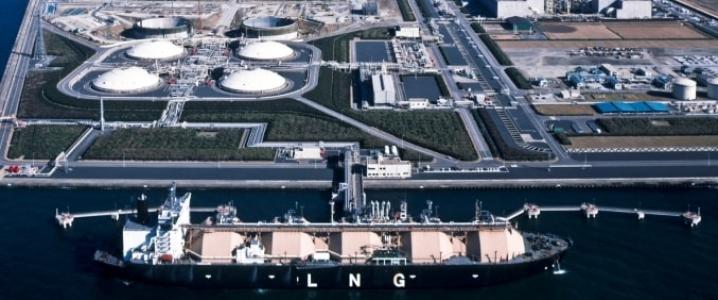Authored by Tim Daiss via OilPrice.com,
Oil markets remain under pressure amid economic downturn worries due to the U.S.-China trade war that shows no sign of ending. Ongoing trade war tensions are causing concern across financial markets as well. The S&P 500 has dropped over 5 percent from its recent record highs, while some analysts claim that there is even more downside potential as markets have barely priced the effects of China’s potential response in the trade war.
Some possible retaliatory moves by China, in addition to its recent tariff increase on $60 bn worth of U.S. goods, include restricting rare earth exports to the U.S., a move that would hurt many U.S. manufacturers since China holds roughly 71 percent of the global market share. Anop-ed in the Beijing-based Global Times newspaper, which often expresses the views of the Chinese Communist Party (CCP), said on Wednesday that the U.S. will rue forcing China’s hand on rare earth materials. An official of China’s National Development and Reform Commission (NDRC) said the day before that China will not tolerate foreign high-tech products made from rare earths produced in China being used to contain and suppress China’s development.
“If anyone wants to use the products made from rare earths exported by China to contain and suppress the development of China, I think the people of the old revolutionary base area in the south of Jiangxi Province and the people of China will not be happy,” said the official.
According to the Global Times, he made the remarks when asked by reporters if China will use rare earths as a countermeasure against U.S. trade moves to contain China. Obviously, the report added, the response is a strong signal from China to the U.S.
Who will blink first?
Despite Beijing’s increasingly defiant tone over the trade war, the question at the end of the day is who will blink first? Trump is hoping that he can outlast China since the U.S. imports around five times more Chinese goods than China imports from the U.S. Some analysts agree with this assertion, while others debunk it as an oversimplification. Yet, noted economist Gary Shilling predicts that not only will President Trump win the seemingly endless trade war with China, but in the long run, the U.S. will be better off.
“People say nobody wins trade wars. Yeah, in the short-run you don’t, but in the long-run…the U.S. will be better off,” Shilling recently said.
“When you’ve got plenty of supply in the world, and I think you do. It’s the buyer that has the upper hand not the seller. The buyer has the ultimate power and who’s the buyer? The U.S. is the buyer, China is the seller,” he said. Other agree, claiming that without the vast U.S. market, China will have trouble finding buyers for many of its consumer products.
China creates gas pain for the U.S.
While China could try to inflict pain on the U.S. by withholding rare earth materials, it is already creating a negative impact on U.S. LNG project development. China’s move to hike tariffs on U.S. LNG from 10 percent to 25 percent will cause a number of greenfield LNG project proposals to not go forward. These projects, unlike their project proposal counterparts that are funded by oil and gas majors with deep pockets, will not be able to strike long term off-take agreements needed to reach the all-important final investment decision (FID) before a project can be built. Moreover, many of these smaller projects which are often being promulgated by a patchwork of various companies and energy players will also need Chinese financing to go forward. The reality that China is now the second largest LNG buyer in the world and will likely pass Japan, the top current LNG buyer, in a number of years is a hard reality for the U.S. LNG sector to deal with as it seeks to compete with both Australia and Qatar as the top LNG export leader by the mid part of the next decade.
The U.S., even without a 25 percent tariff on its LNG exports to China, would struggle to vie with Qatar as the top global LNG producer. The tiny, gas-rich kingdom caught the energy world by surprise in late 2017 when it announced that it would increase its liquefaction capacity from 77 million tons per annum (mtpa) to a staggering 110 mtpa by late 2023 or early 2024 by developing more gas at its North Field, an increase in production of some 43 percent. The move will also increase Qatar’s total production capacity from 4.8 to 6.2 million barrels of oil equivalent (boe) per day.
For the U.S. to compete with Qatar on a liquefaction-to-liquefaction capacity basis it will need to see a large percentage of current LNG project proposals come to fruition. For the time being, the pain from increased Chinese tariffs on U.S. LNG has been minimized. The U.S. will soon become the world’s third-largest LNG exporter. In December, the U.S. Energy Information Administration (EIA) projected that U.S. LNG export capacity will reach 8.9 billion cubic feet per day (Bcf/d) by the end of 2019, making it the third largest in the world behind Australia and Qatar.
via ZeroHedge News http://bit.ly/2Kd6H0t Tyler Durden
